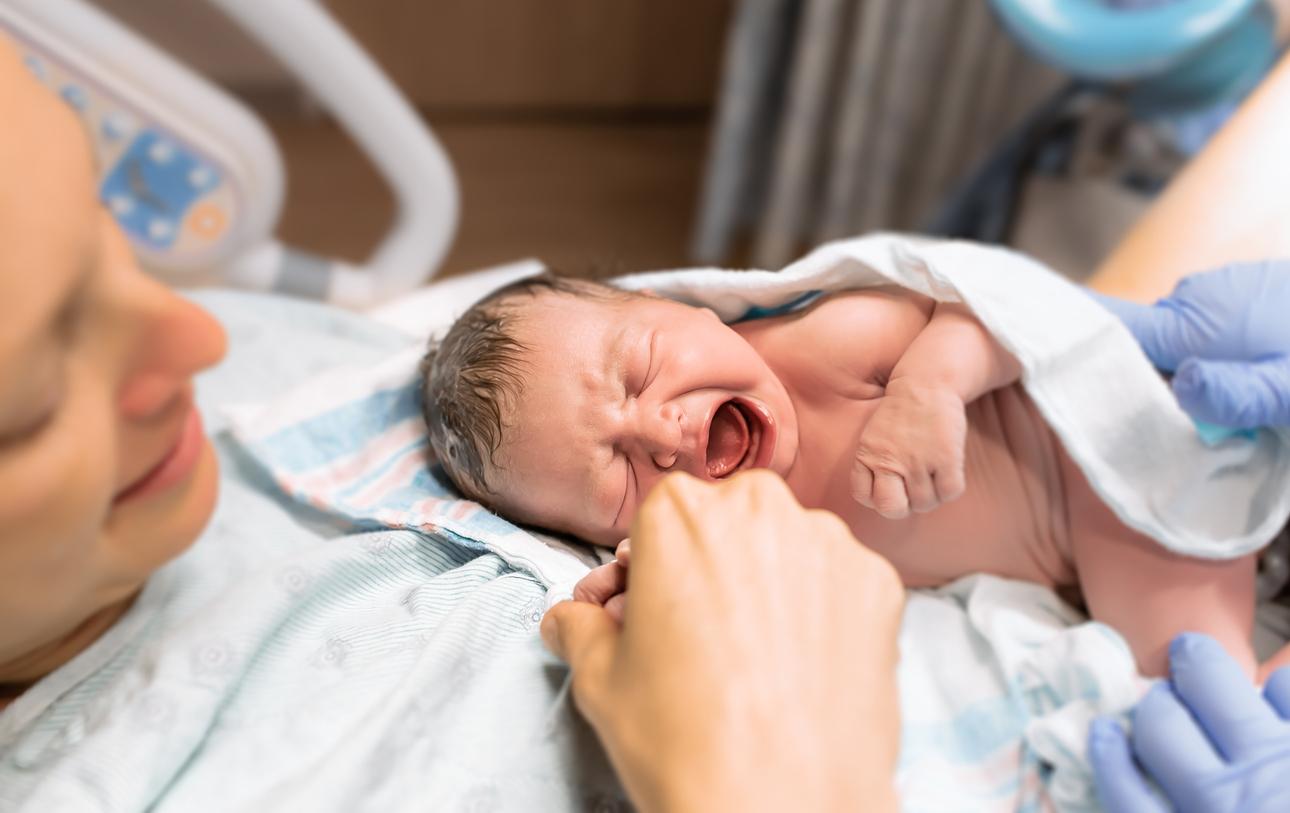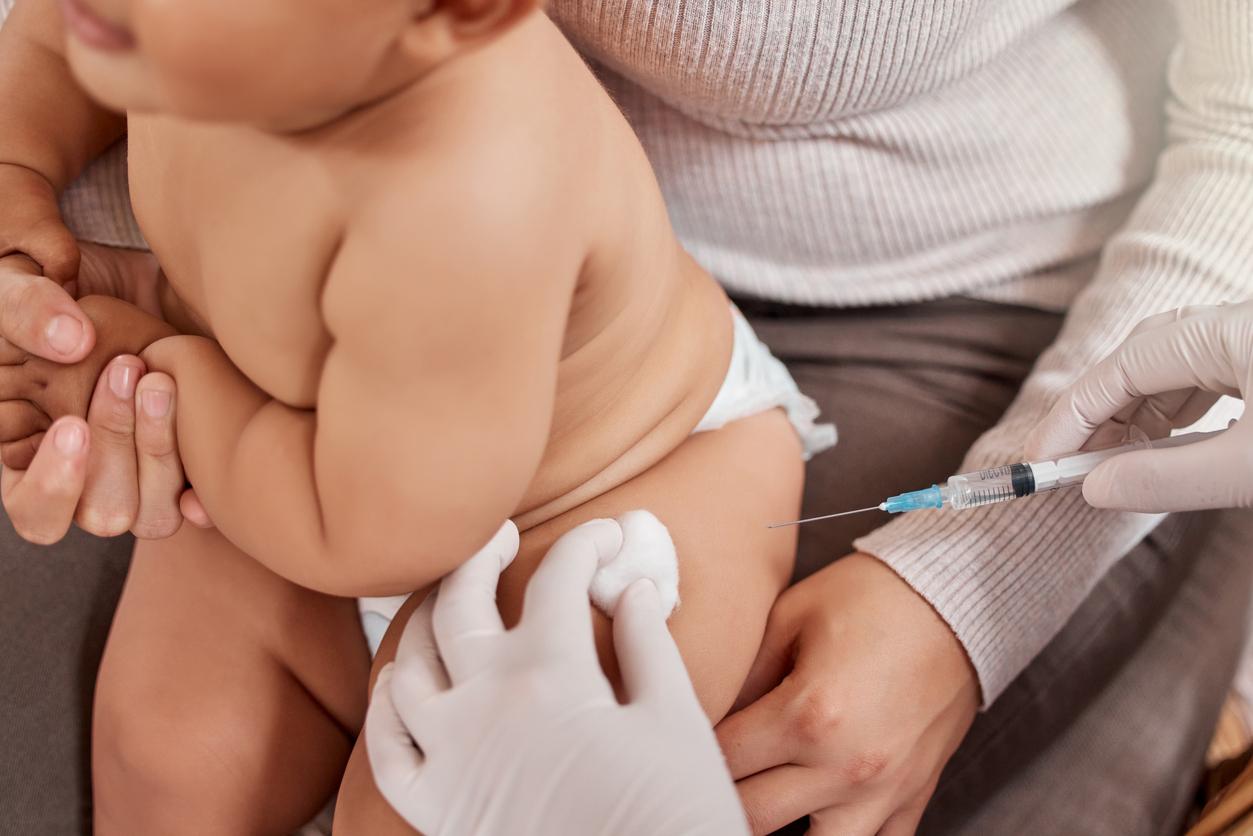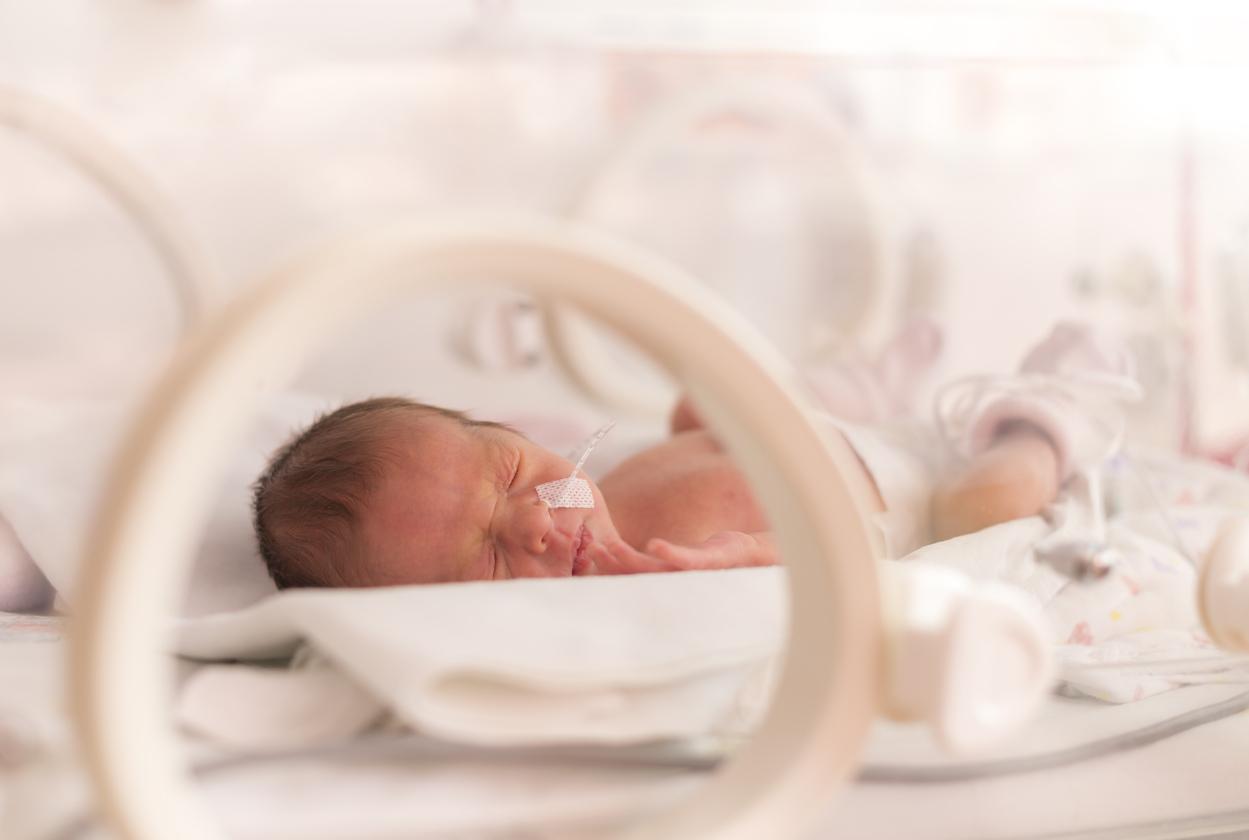Practicing skin-to-skin contact from the first moments of a baby born with a very low weight increases the chances of keeping him alive.

- Skin-to-skin contact between mother and newborn reduces mortality by 25% in very low birth weight infants.
- Kangaroo care also results in significantly fewer babies with low body temperature and reduces the risk of sepsis.
- To be effective, this skin-to-skin contact must be performed from birth, without waiting to stabilize the low-weight infant.
Skin-to-skin therapy has often unsuspected therapeutic effects, especially in infants. Recently, Swedish researchers revealed that this kangaroo care practiced with the father allows infants born after cesarean section to increase and stabilize their heart rate and their ability to wake up. In a new study, again conducted by Swedish researchers, skin-to-skin therapy is very effective in limiting the mortality of babies born with very low weight. This result was presented on May 27 in the New England Journal of Medicine.
Less than 2kg at birth
According to researchers at the Karolinska Institute who conducted the study, skin-to-skin contact between mother and newborn reduces mortality by 25% in very low birth weight infants. For this to be effective, the authors note, it must begin immediately after delivery, even before the baby is stabilized. These results call into question the current recommendations of the World Health Organization (WHO) which date from 2015 and recommend starting skin-to-skin as soon as a low-weight baby is stable enough, which can take several days for those weighing less than 2 kg at birth.
This new research was led by WHO and funded by the Bill & Melinda Gates Foundation. It involved 3,211 infants weighing between 1 and 1.8 kg at birth in low-income countries. The study was conducted in five teaching hospitals in Ghana, India, Malawi, Nigeria and Tanzania, where the mortality of these babies, before the study, ranged between 20% and 30%. The children were divided into two groups: in the first, they received kangaroo care directly after delivery; in the second, mother and baby stayed in separate units and were only brought together for feeding. As soon as the babies had stabilized sufficiently, mothers and babies from both groups were transferred to the same unit. During the first 72 hours, infants in the first group received about 17 hours of skin-to-skin contact per day, compared to 1.5 hours in the control group.
WHO will review its recommendations
The results showed lower mortality in the first group where mother and infant had skin-to-skin contact directly after delivery. Mortality during the first 28 days was 12% in this group versus 15.7% in the other group, which corresponds to a reduction in mortality of 25%. Furthermore, there were significantly fewer babies in the “kangaroo” group with low body temperature and sepsis.
“The main message is that low birth weight newborns should receive skin-to-skin contact immediately after birth and then in a mother-infant couple care unit, where mothers and babies are cared for together without have to be separatedconcluded Björn Westrup, consultant and researcher in the Department of Women’s and Children’s Health at the Karolinska Institute and co-initiator of the study. Our results suggest that this model of care, which in itself does not require resources, could have important effects on health..” According to the researchers, this method has the potential to save the lives of 150,000 newborn babies each year.
The WHO has already indicated that it is preparing a revision of its recommendations in the light of these results.
.















